Fentanyl killed three young members of a Texas town within 28 hours. Now their moms are taking on the ‘devil’
The fentanyl crisis in Wichita Falls was laid bare in a single September weekend when Alize Martinez, 19; Kaysen Villareal, 13; and Adam Sattler, 21, died of overdoses in a span of 28 hours. Now, their mothers tell Andrea Blanco how they’re turning pain into purpose

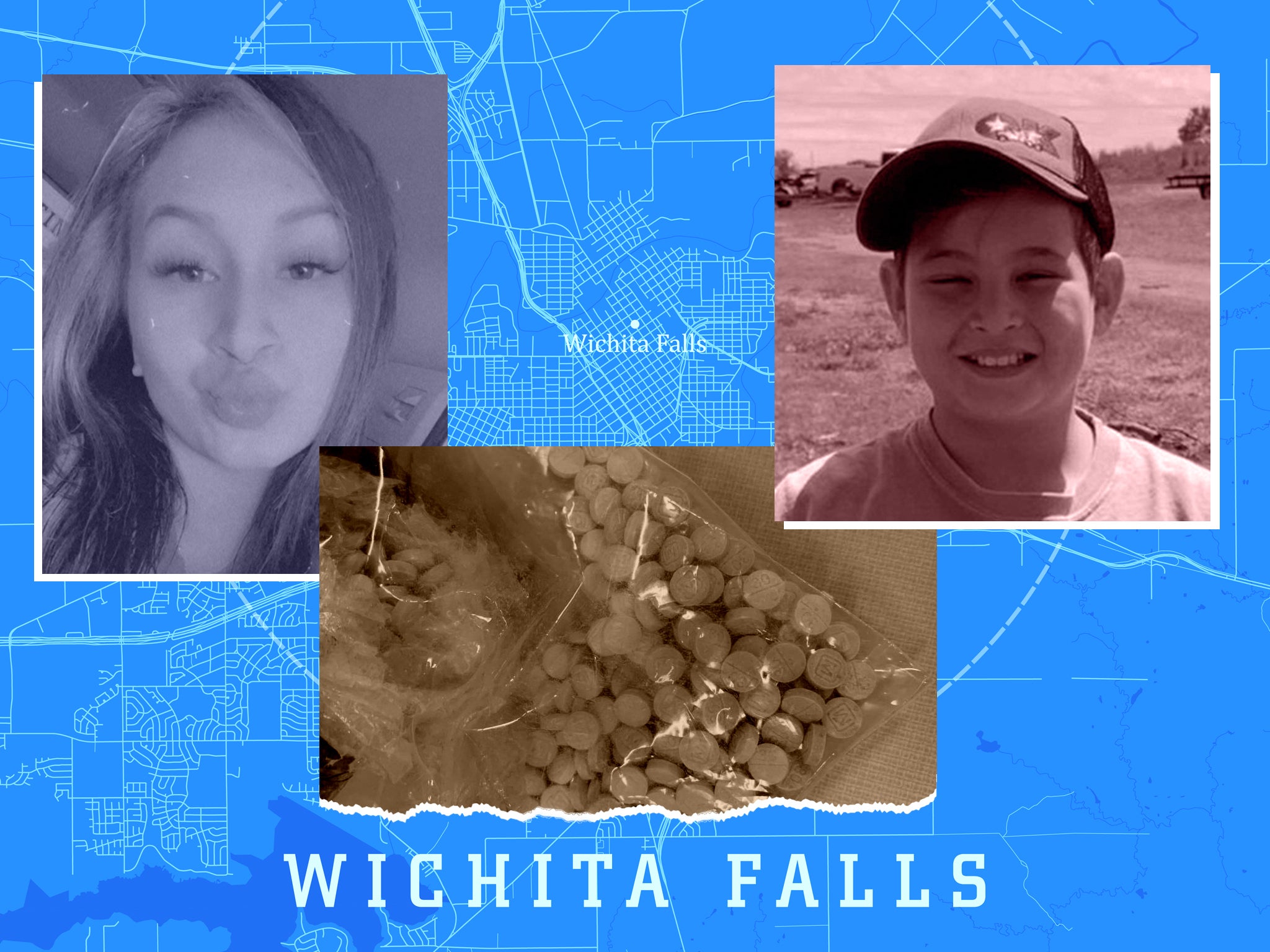
Your support helps us to tell the story
From reproductive rights to climate change to Big Tech, The Independent is on the ground when the story is developing. Whether it's investigating the financials of Elon Musk's pro-Trump PAC or producing our latest documentary, 'The A Word', which shines a light on the American women fighting for reproductive rights, we know how important it is to parse out the facts from the messaging.
At such a critical moment in US history, we need reporters on the ground. Your donation allows us to keep sending journalists to speak to both sides of the story.
The Independent is trusted by Americans across the entire political spectrum. And unlike many other quality news outlets, we choose not to lock Americans out of our reporting and analysis with paywalls. We believe quality journalism should be available to everyone, paid for by those who can afford it.
Your support makes all the difference.When she touched Alize’s cold skin on the morning of 17 September, Silvia Martinez immediately knew her daughter was gone.
At just 19, Alize had overdosed on fentanyl on the bathroom floor.
A year earlier, Ms Martinez barely knew what the drug was, she told The Independent.
The mother had heard of it and knew it was used in “hospitals, you know, surgeries or whatever it is,” but was mostly unaware of the harrowing surge in illegal fentanyl use in the US, and its tightening grip on her hometown of Wichita Falls, Texas.
The reality of the fentanyl epidemic in the city of 102,000 people was laid bare in a single September weekend when Alize was among three young people to die of overdoses.
Within just 28 hours of Alize’s death, 13-year-old Kaysen Villareal and 21-year-old college student Adam Sattler also lost their lives to overdoses, bringing Wichita Falls’ fentanyl death toll so far in 2022 to over 20.
As they continue to grapple with their pain, Ms Martinez and Kaysen’s mother Brandi Melo opened up to The Independent about not wanting their children’s deaths to be in vain. Now, they are determined to raise awareness in hopes that parents in Wichita Falls, and across the country, do everything in their power to protect the children against the devastating fentanyl epidemic.
While the fentanyl epidemic among young people has affected cities across the country, rural areas like Wichita Falls face an added layer of difficulty managing it, according to Dr David Deyhimy.
Dr Deyhimy, who operates an addiction clinic in California and is a fellow of the American Society of Addiction Medicine, told The Independent that rural areas typically have less access to life-saving resources such as Naloxone, a drug that is estimated to reverse overdoses by 80 per cent.
Covid-19, Dr Deyhimy said, has exacerbated opioid deaths, bringing the toll to a grim 110,000 in 2021 in the US.
“Between 2019 and 2020, we saw something like a 28 per cent jump in overdose deaths. And then in 2021, we saw another huge jump. I fear that in 2022, the numbers are gonna be dramatically higher,” Dr Deyhimy said. “And the thing that Covid did is, these people who are fragile in their recovery or early in their recovery, it cut them off from all the resources that they needed.”
‘I did everything I could’
The night before Alize died, she looked back at her family and told them she loved them, Ms Martinez recounted. It was a usual night in the household, but when she walked inside the bathroom the next morning, Alize was gone.
“I smelled the stench. I just touched her skin and it was really cold. I thought, maybe she’s just cold, so I tried to move her, but she was so stiff,” Ms Martinez told The Independent. “I knew at that moment that I wasn’t able to save her and that it was too late. I had lost my daughter.”
Ms Martinez didn’t find out about Alize’s addiction right away. But when she did, she did everything she could to keep Alize out of harm’s way. The 19-year-old had developed a dependence on Percocet that escalated to a fentanyl addiction when she unknowingly took a fentanyl-laced Percocet pill in late March.
It only took one pill, her mother believes. The grasp that fentanyl held on Alize was so vast that she continued purchasing the pills.
“I think she instantly became addicted to it because she never stopped after that. Once I found out … it was a process. I had no idea that it was even laced with fentanyl,” Ms Martinez said. “I feel like once these kids even had their first doses, the drug instantly grabbed them.”
According to Dr Deyhimy, the previous wave of overdoses mostly affected people who abused opioids, but a new danger has surged as individuals are not aware of the quantity of fentanyl in the pills that they are taking or whether they contain fentanyl at all.
“What’s changed and why this is so much more dramatically worse is that there is fentanyl in counterfeit pills, which kids, teenagers, young adults abuse,” Dr Deyhimy said. “Adderall, Xanax, Percocet, they cannot distinguish the difference between a pharmaceutical pill and a [counterfeit one].”
“They’ve gone out to parties before and they’ve gotten half a Xanax from a friend, and they felt good and it was fun, and they trust that person. Now you have no idea every single pill that you take could be laced with fentanyl.”

When Alize’s addiction worsened, her mother desperately tried to put an end to it. First, she took her phone away, hoping to cut Alize’s contact with her dealers.
Ms Martinez was there the times that Alize tried to get clean, and took her to Colorado during the summer in what Ms Martinez hoped would be the time Alize finally overcame her addiction.
“It’s like, as soon as she relapsed, I tried to educate myself on the signs so much,” Ms Martinez said. “I always prayed that she wouldn’t relapse, but I know when it comes to people who are addicted to drugs, relapse is more common than not.”
“But as soon as we came back home and anybody texted her and told her they had it … it was just the devil.”
Alize detoxed for three and a half weeks, almost four, before she relapsed for the last time.
The most tragic part, Dr Deyhimy tells The Independent, is that patients trying to get sober are oftentimes not familiarised with treatments that could boost their chances of successfully overcoming addiction.
According to the Drug Enforcement Administration, fentanyl is 50 to 100 times stronger than morphine and only 2 milligrams of the synthetic opioid could be lethal. In Texas, almost 1,700 fentanyl-related deaths were reported in 2021, compared to 100,000 deaths nationwide between April 2020 and April 2021, CDC data shows.
Methadone, Buprenorphine and Naltrexone are the three FDA-approved medications to treat addiction. And although they can reduce relapses by up to 76 per cent, Dr Deyhimy says, only 10 to 11 per cent of eligible patients in the US are on them.
“Sounds like she would’ve been a terrific candidate, having struggled with fentanyl, having gone and sought out fentanyl, and trying to get sober, she should [have] been on one of these protection drugs,” Dr Deyhimy said. “Not only do they protect against overdoses, they also decrease cravings dramatically.”
“And when you don’t have the cravings, you don’t seek to use nearly as much.”
‘Maybe I’m not supposed to understand right now … but I’m just angry’
Ms Melo said she was informed that her son was dead in an especially sickening way, and is now tormented with questions about his final moments.
“I found out by his friend that he was at that apartment. He posted a picture on Snapchat and that’s how I found out my son was dead,” Ms Melo told The Independent. “My baby’s whole right side of his face was bruised like they had been kicking him or something. The bruising was horrible.”
Kaysen did not have a history of addiction to his mother’s knowledge and according to Ms Melo, he even struggled when taking over-the-counter medications like Tylenol.
“My son would’ve never taken anything like that, and if he knew one of his friends took it, he would’ve tried to save their life. He wouldn’t have just walked over them and taken pictures of his dead body,” she said.
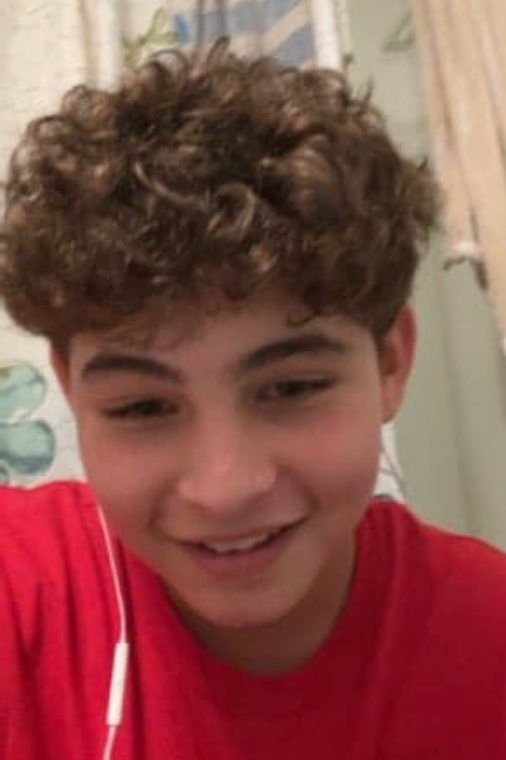
It is unclear why a picture of the deceased minor circulated online before his mother was notified, but the circumstances around Kaysen’s death are part of an ongoing investigation by local police, his mother told The Independent. Ms Melo claimed that other attendees and adults at the sleepover did not promptly inform her of the situation and later said they did not know who Kaysen’s mother was.
“They lied and said they didn’t know who his mom was.” Ms Melo said. “They all know who I am. They grew up with my baby. I feel like everybody in that apartment that walked over my son’s death needs to be charged. I want somebody doing something about what they did to my son.“
Ms Melo said she doesn’t know whether paramedics were called right away or if any attempts were made to save Kaysen’s life. She last heard from him around 11pm on the night before he died.
“These kids are still walking around and my son is gone,” she told The Independent. “I don’t understand and maybe I’m not supposed to understand right now, and I will eventually, but I’m just angry. I’m angry.”
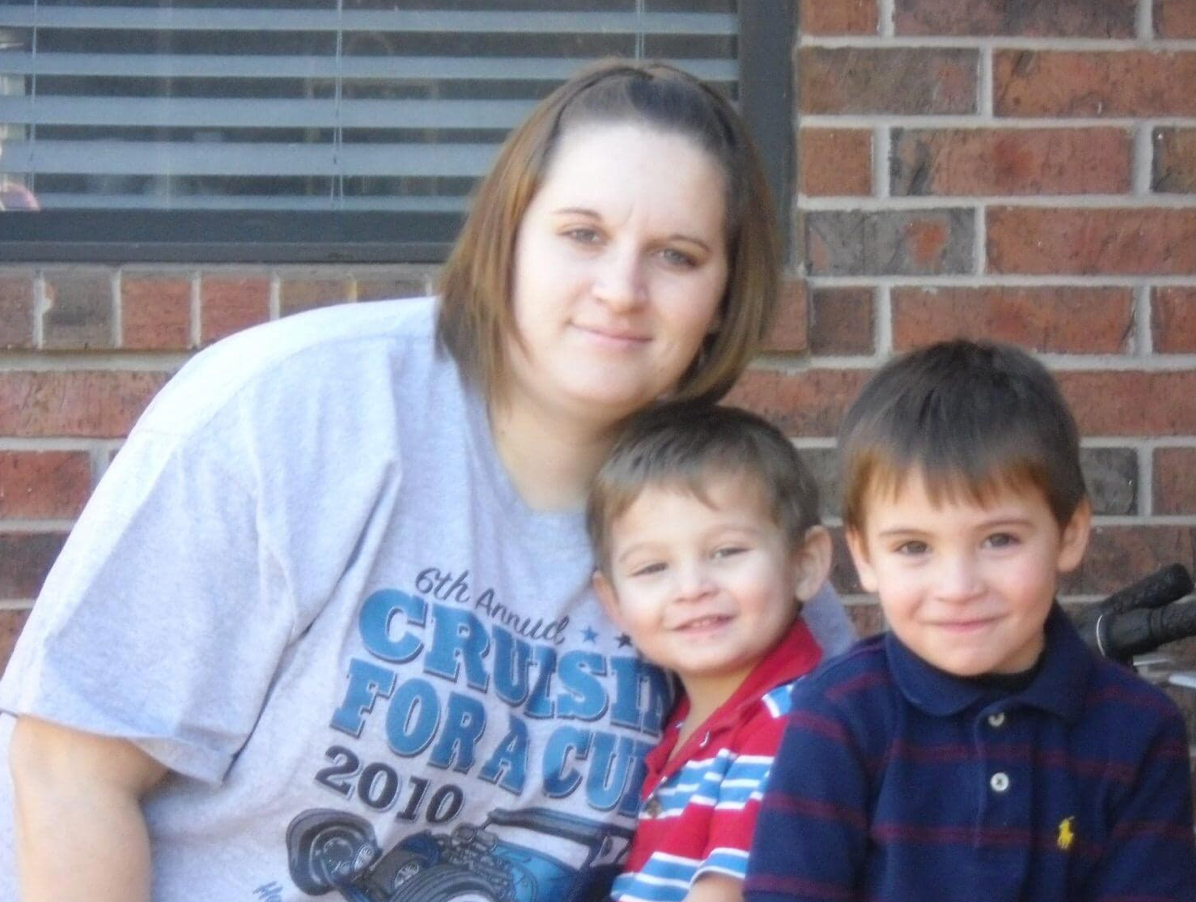
Dr Deyhimy advises that every parent and teen should carry and have Naloxone or Narcan at home, regardless of whether they suspect drug abuse or not. The medications, which treat a narcotic overdose in an emergency situation, can be the difference between life and death.
“What I’m telling parents is every parent needs to have this in their house, and all of their kids who might find themselves in a situation where drugs are being used can have this in their purses or in their pockets,” Dr Deyhimi told The Independent. “It’s intranasal, so it’s very easy to use.”
“There are no needles, you just put it into somebody’s nose and press [the] button and it injects the Naloxone into their nose.”
‘Almost every house has a fire extinguisher ... we should think of Naloxone in those terms’
Alize dreamed of being a cosmetologist, her mother said. She was four weeks shy of completing a course to get her cosmetology license when she died.
“She had plans to get a shop with her cousin and they were going to do hair, nails, makeup, and they were just gonna be really successful in that,” Ms Martinez said through tears, picturing her daughter’s now-shattered future.
Ms Martinez will miss Alize’s goofiness, her craziness, and the only way she can cope with the void that has inadvertently settled in her life is by speaking about it, she says.
“I want to bring awareness. Because as of right now, the numbers are going up, not down,” she said. “We need to educate our kids, even the really young ones. I believe if we don’t make a stand and voice and get more parents out here who have lost their children to this, I don’t feel like we’re gonna put a dent in anything.”
Kaysen’s mother echoed those feelings. Ms Melo wants justice, she says, but she also wants to warn parents about fentanyl and the danger it represents even when their children have not shown signs of drug abuse. She hopes that in her quest for justice, she can stop Kaysen’s story from repeating in other homes.
He would have turned 14 on 7 October, a day his loved ones spent releasing balloons in his favourite colours — red, black, silver — to celebrate his life. His funeral was full of teenagers, football coaches and family members who are still trying to comprehend how his life was cut short in such a sudden, unexpected way.
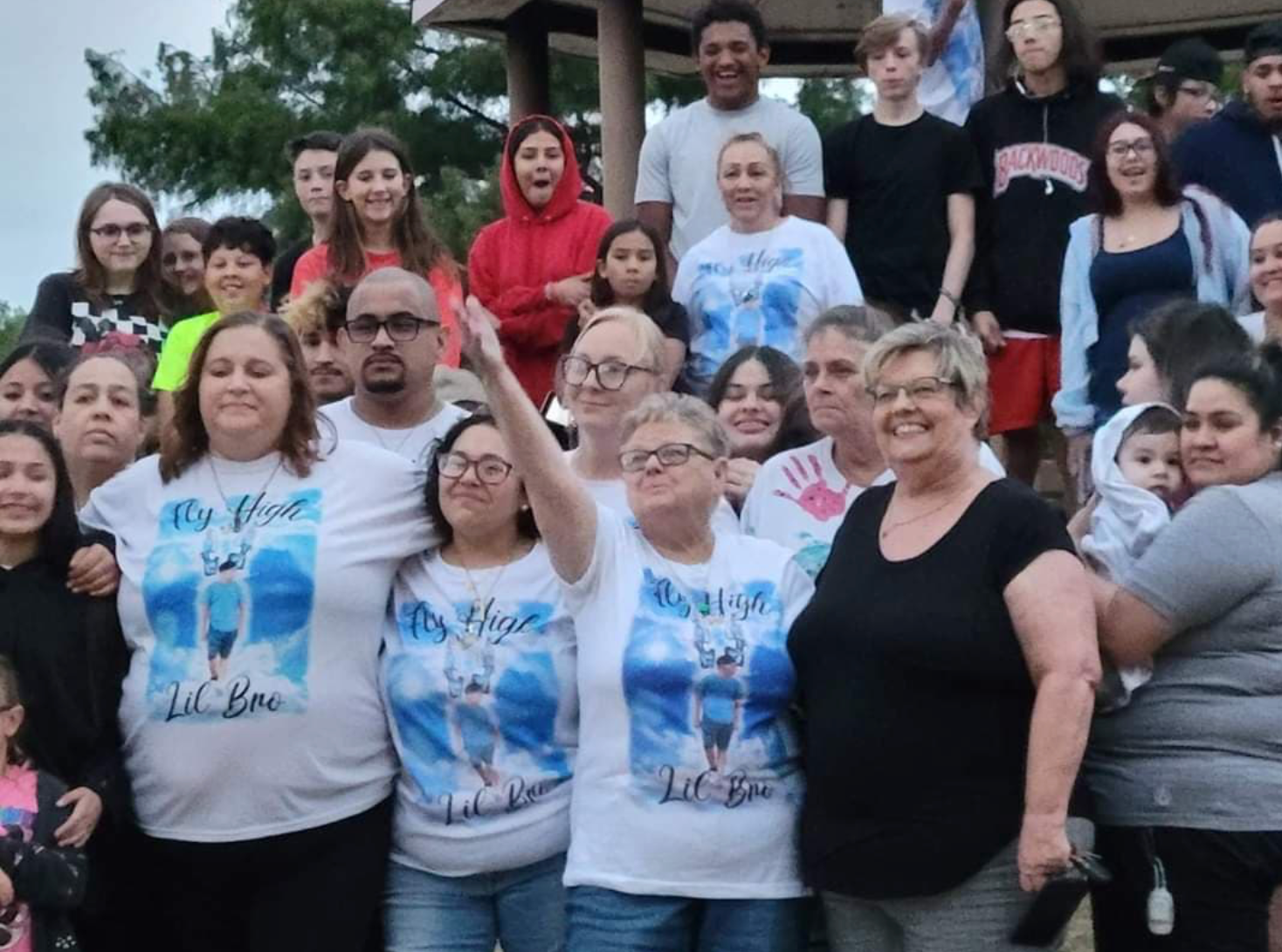
“Parents need to get educated on it and make sure that their kids are aware,” Ms Melo said.
Because of the consecutive deaths on the 17-18 September weekend, and how young Kaysen was, Wichita Falls PD is now treating the fentanyl deaths as an emergency.
According to Sergeant Charles Eipper, the city has seen 20 fentanyl deaths just this year. Mr Eipper did not provide figures for previous years but said the spike in the city is unprecedented.
Last year, the department mostly responded to fentanyl overdoses from individuals who had torn apart medicated patches, or people who used fentanyl in combination with other drugs to get an “extra kick,” Mr Eipper said.
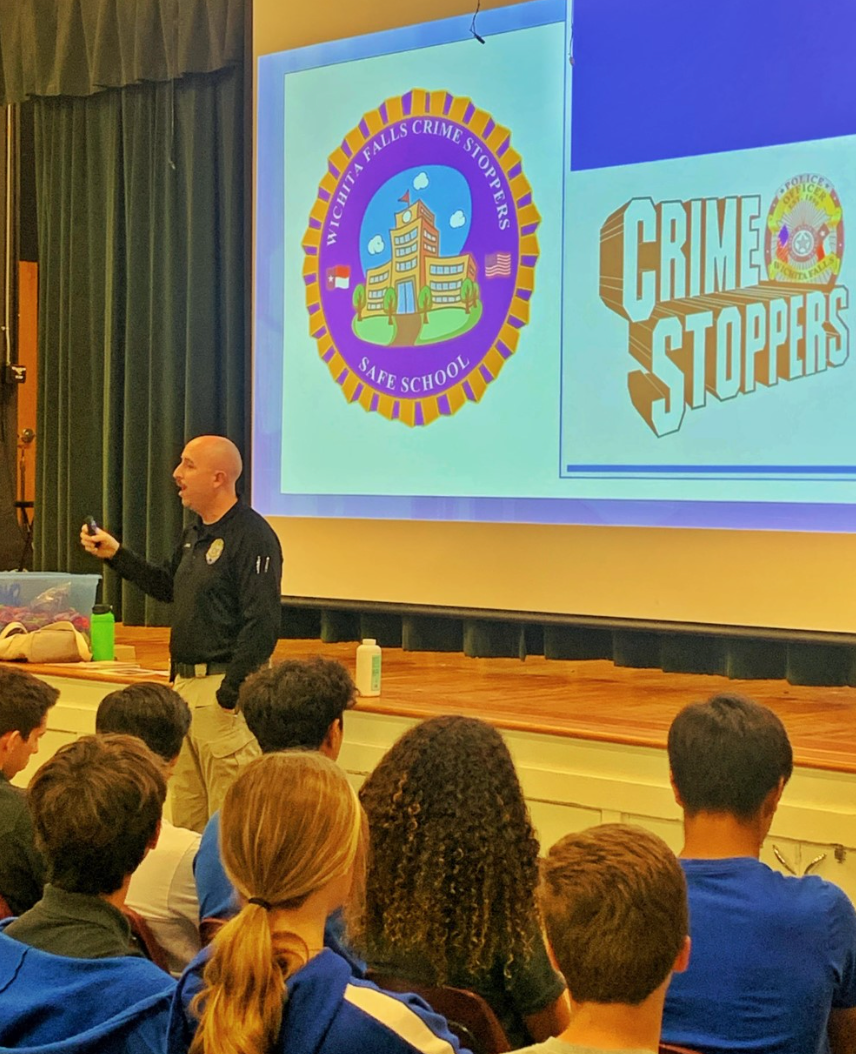
“This year was when we really started to see the increase and the presence of counterfeit pills here in the area,” Mr Eipper said. “They were made to appear like the drug Percocet, which is highly abused, but it typically didn’t kill people.”
“Somebody’s making these pills to look like the Percocet pill, but are lacing the pill with either all or some percentage of fentanyl that’s unknown.”
Dr Deyhimy, whose clinic MYMATCLINIC specializes in medication-assisted addiction treament, told The Independent that there is a great disconnect between the current opioid crisis and the resources that are available for patients navigating sobriety.
He said that Narcan nose sprays, which contain four milligrams of Naloxone, and recently FDA-approved Kloxxado, which is twice as potent, are not nearly as popular as they should be. The medications are exponentially cheaper and have efficacy rates of up to 80 per cent on average.
“We hand out a lot of these to our patients. Every single patient that comes through gets a prescription or gets handed the actual medication. So now they’re protected on the front end and the back end,” Dr Deyhimy said. “What’s interesting is that 40 per cent of people who overdose have a friend there or a bystander there.”
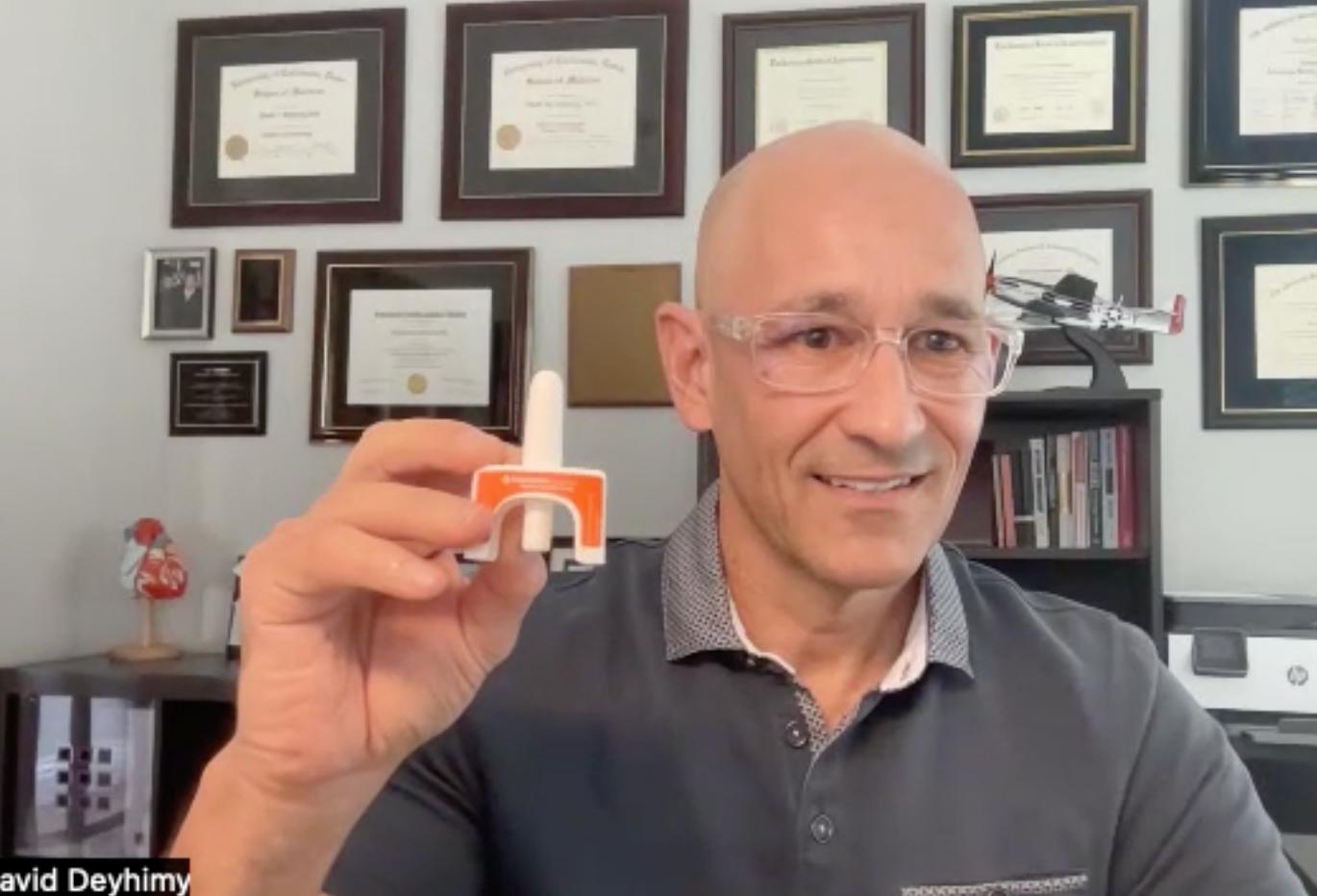
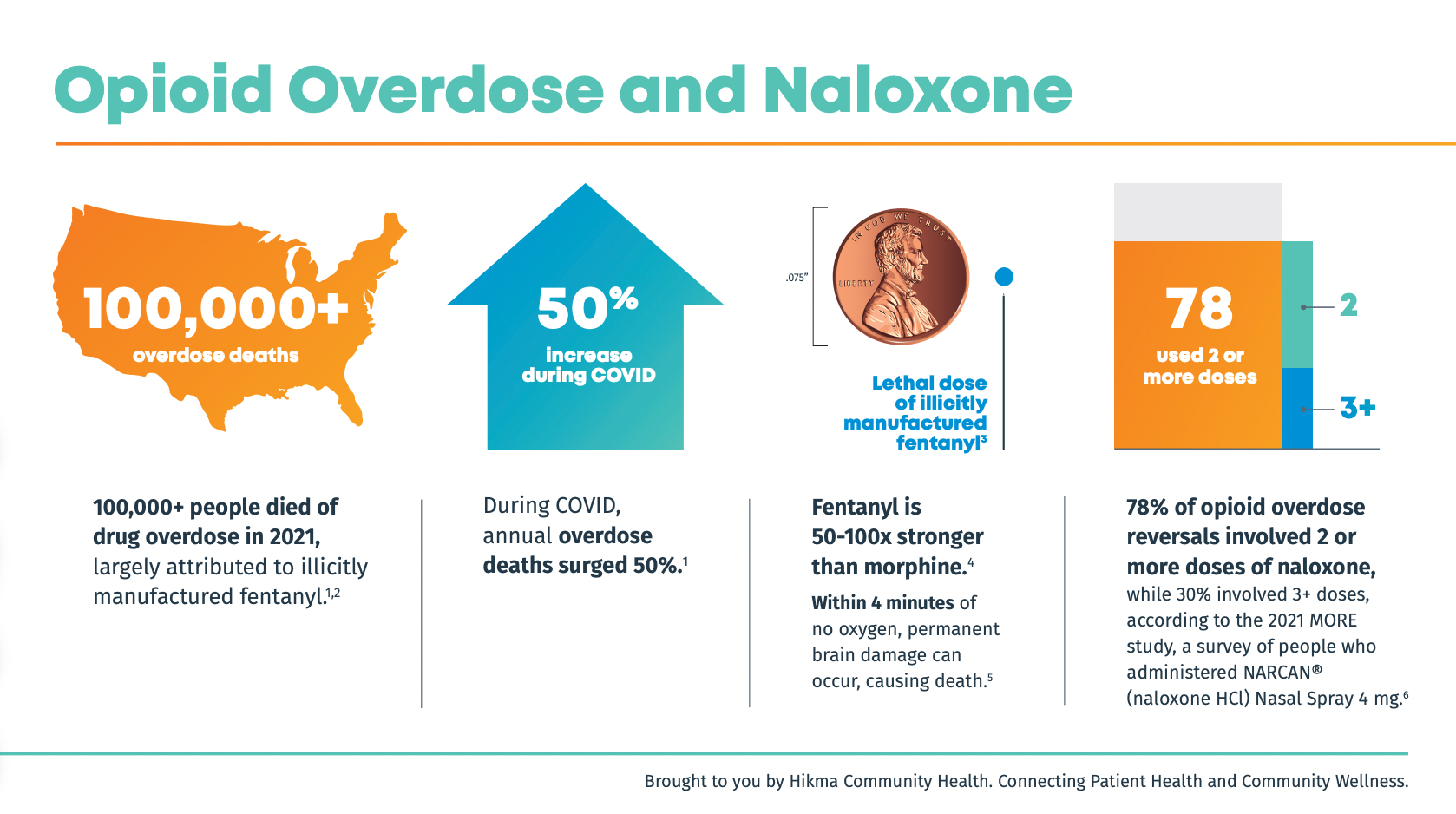
“It has to do with not getting the message out to people that these things exist. It has to do with insurance companies and access to care and why we’re failing essentially,” he added. “Sixty-five to 80 per cent of people that are put on medication-assisted treatment, one year later are still doing well versus 5 per cent on abstinence-based.”
If somebody is having an overdose, Dr Deyhimy advises, one nasal spray of Naloxone should be administered after they’re placed in the recovery position. If they don’t seem to react within three minutes, another dosage can be administered. The risk of administering Naloxone to a person who is not overdosing is nonexistent.
Addiction management drugs save insurance companies money in the long run, Dr Deyhimy says, and although they’ve been in the market for longer than a decade, he says there is still a lot of work to do to spread the word about their efficacy.
“This medication is for everybody, every parent, every [teen], given the world that we’re currently living. If you had a nut allergy, you don’t forget your EpiPen because you could have an anaphylactic reaction,” Dr Deyhimy added. “Another example, almost every house has a fire extinguisher, right? We should think of Naloxone in those terms.”
The Wichita Falls Police Department has made more than 60 arrests involving fentanyl-laced pills and has started giving awareness sessions to teens in secondary schools in Wichita County.
“One pill actually can kill is a phrase that we are using on some of the signs we’ve made for our schools here in the area, and we’re going out already and doing training with our students,” Mr Eipper added. “We’re typically hitting [schools] right now because they’re the most vulnerable.”
Meanwhile, in the face of an unbearable pain that was not even imaginable to them before fentanyl entered their lives, the two mothers Ms Melo and Ms Martinez say they will continue to do the sole thing they can do to prevent more tragedies; navigate their grief by speaking up about the monster that took their children’s lives.



Join our commenting forum
Join thought-provoking conversations, follow other Independent readers and see their replies
Comments